Opinion
B2B SaaS Marketing is Boring
Cause nobody is deeply intrigued by solutions to enterprise problems
December 11, 2023
By Mike Stilling

In this article:
Do you recall the last time you stumbled upon a blog post about business software and found yourself hooked, not out of obligation but genuine interest?
Neither do I.
I’m not talking about the routine glance at the latest updates from your company or competitors. I’m referring to that magical moment when a social media post, boasting organization-wide benefits, grabs your attention, prompts a click, and before you know it, you’re contemplating purchasing that software. 🤨
Chances are, this scenario is as elusive for you as it is for most. Let’s take it a step further—when was the last time you:
- 01. Clicked on a B2B ad on social media?
- 02. Engaged with B2B display ads?
- 03. Delved into B2B marketing emails?
It’s not that we don’t discover interesting things through social media, blogs, ads, or emails. It’s just that nearly every marketing effort targeting “enterprises” tends to speak to people in the most uninspiring way.
Unintentionally Lame
Marketers and designers seem to have unwittingly concluded that individuals working at enterprise-scale companies are inherently dull. This misstep often takes root while establishing an ideal customer profile and messaging framework. Have you ever come across statements like, “Enterprise buyers care about…”? If so, you’re not alone.

These processes often make assumptions about a person’s values based on the size of the company that they work for. Once finalized, these documents steer an entire marketing organization toward captivating these fictional corporate heads.
Forgetting Context
We often view our marketing touchpoints in industry and competitive silos, asking questions like, “How does this compare to our competitors?” or “Where does this stand in the greater industry landscape?”
While this might work lower in the funnel, after someone has shown interest, it fails to consider everything else that occupies a person’s browser and, beyond that, their everyday life.
Like it or not, most every piece of marketing competes for attention not just with other businesses but with memes, children, dogs, coworkers, and streaming platforms.
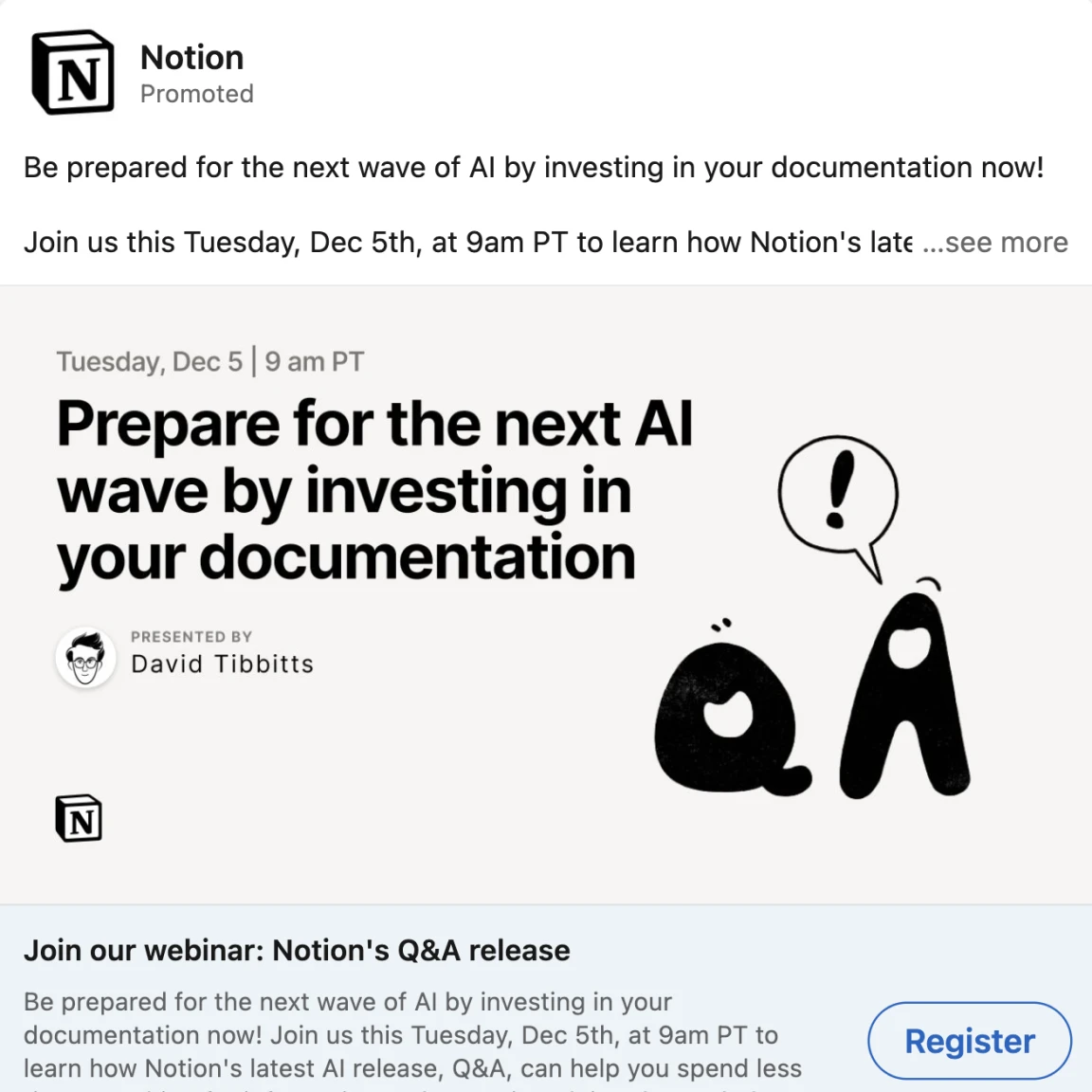
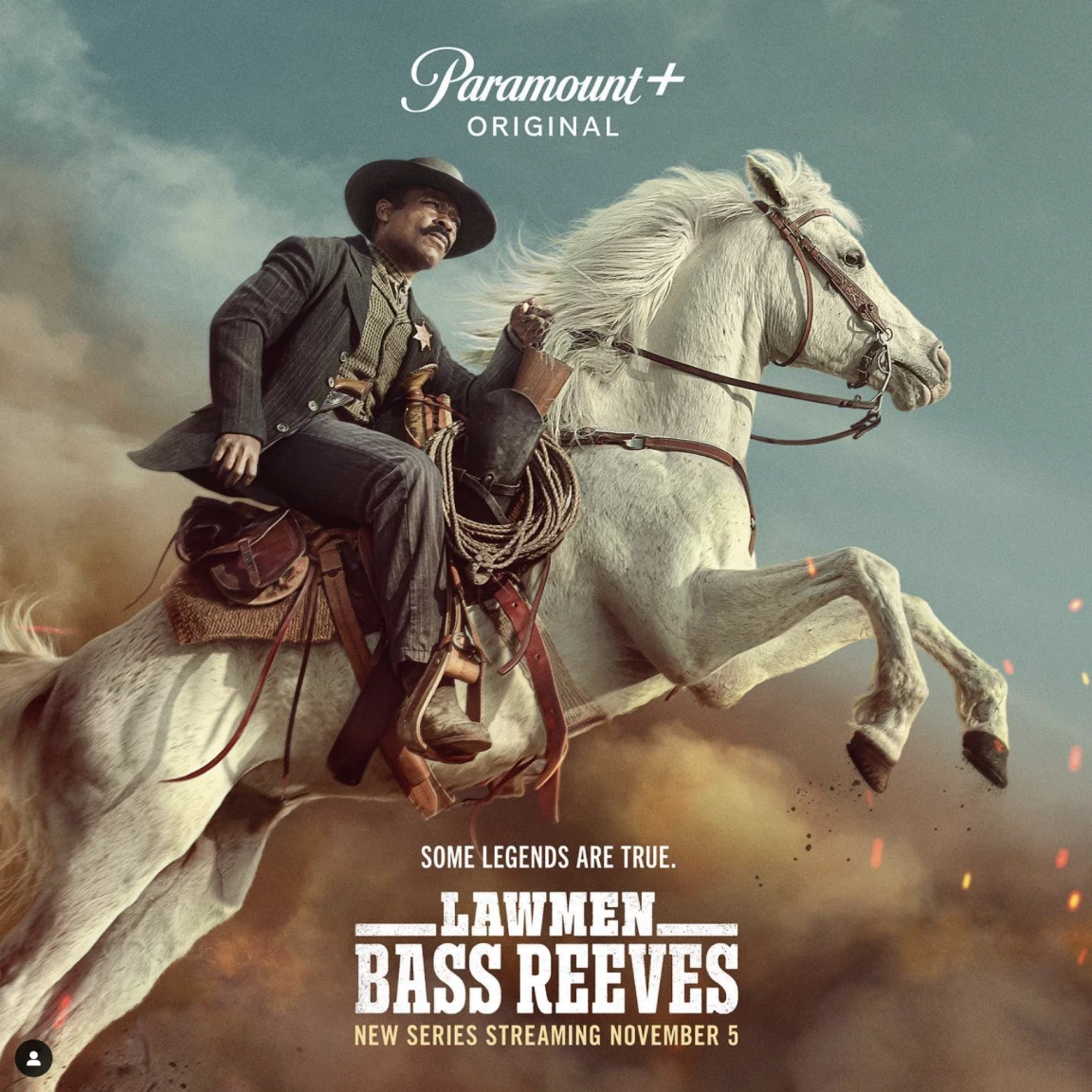
The above image isn’t a knock on Notion. Relatively, they put out more interesting looking stuff than most. With that, assumably, most SaaS marketers would be happy with the quality of this ad.
However, when we compare this ad, in context, against the rest of the internet, it starts to seem almost comically lame.
Losing Relevance
Let’s assume, on visuals alone, our software-focused content cannot compete with a cowboy on a huge, rearing horse. So, what do we have left to connect with viewers?
The first thought that comes to mind is relevance. In a world filled with interesting content, rather than distract the viewer, our software solves an actual problem for them.
Yes, simple, problem solved 😏…
Until we look at how we’re talking to people about products. Let’s again refer to the Notion ad from above, when’s the last time you thought, “I really need to start preparing for this next AI wave?” For now, let’s imagine that you have. Surely, investing in documentation seems like an obvious first step…
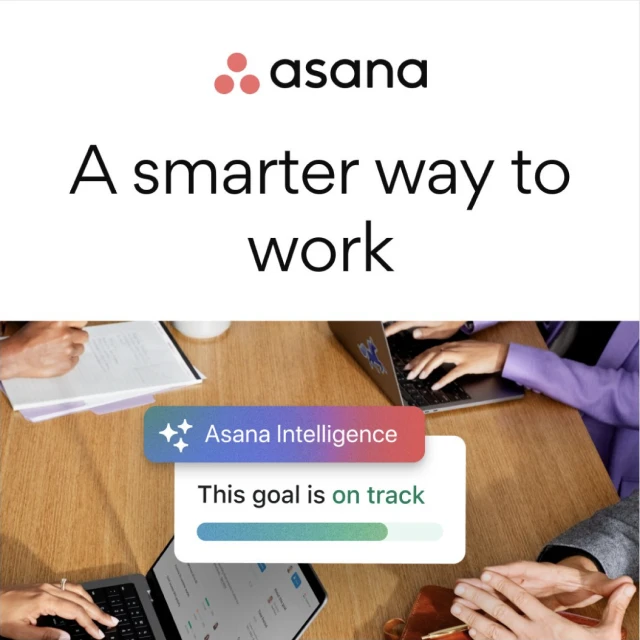

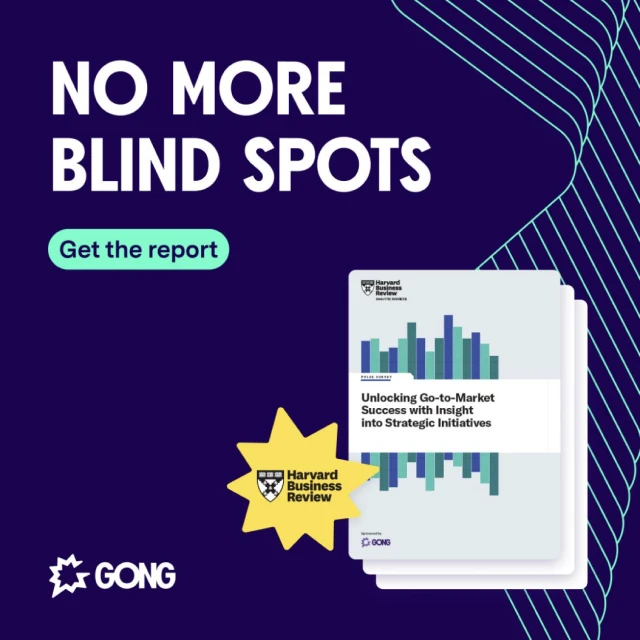
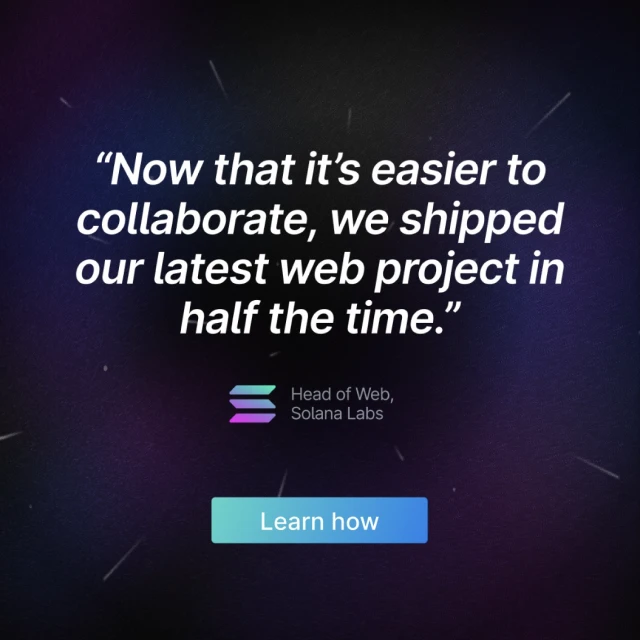
SaaS companies targetting enterprises
These leaps in logic are common across B2B SaaS marketing. In an attempt to “relate” with enterprise audiences, marketers selling tools with obvious functionality will simply claim to solve a larger problem that correlates with the target company size. However, during that process, the connection between core functionality and major benefit is often lost.
Furthermore, most enterprise-level benefits are boring, unrelatable, and not unique. For example, take knowledge management, enhanced collaboration, or security—do these subjects truly interest you? Is there a time a time when you were actively trying to solve for these issues without a predetermined solution in mind? If not, was that solution found on social media? Lastly, are there many companies that this type of messaging couldn’t be used for in B2B SaaS?
But What About Brand Marketing?
Having a predetermined solution in mind was mentioned in the last section, so it’s worth addressing the thought:
“To be identified and remembered as a go-to solution for any specific problem, a brand must be seen at least fiveto seven times. ”
While it’s often stated that a brand needs to show up, how it should show up is rarely talked about. With that, the design of these interactions seems pivotal in determining whether or not a brand is truly seen in the first place.
For instance, is the Asana ad above noticeable, let alone, memorable? When targetting a top-of-funnel audience, is this really putting the brand and product’s best foot forward?
Unfortunately, most B2B SaaS brand marketing has fallen into the same trap—speaking to a boring, ficticious enterprise persona. To add to the problem, frequency has been heavily prioritized over quality for these types of impressions. This ramp in frequency and disregard for quality has left viewers with spammy vibes and an increasing numbness toward our work.
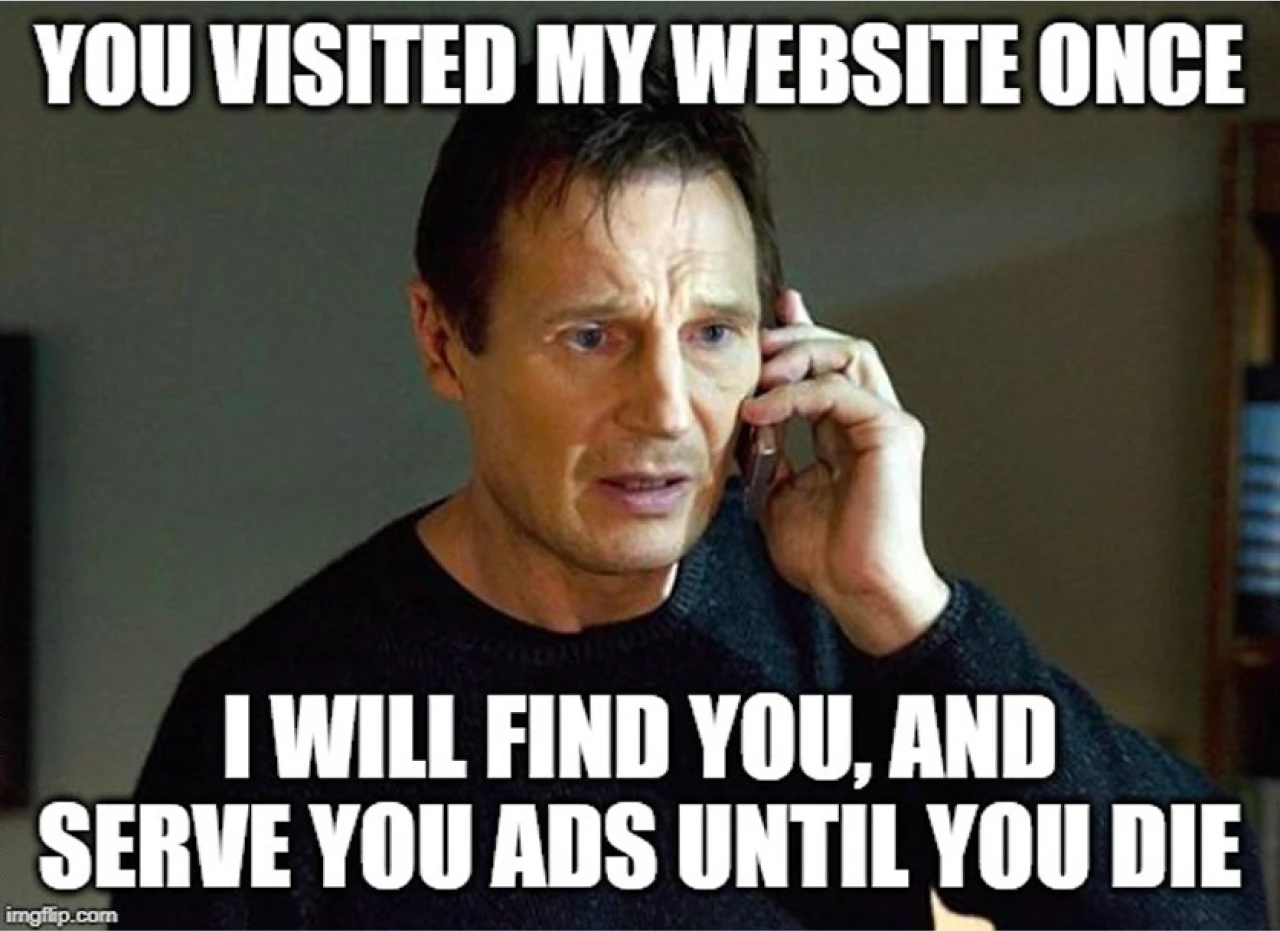
Solving for Boring
Nobody goes to work as a marketer or designer and conciously chooses to make spam. Despite that, here we are. So, how do we break ourselves out of this cycle? Fortunately, the solution seems pretty straightforward…
An Honest Look
First, we need to consider whether or not our outputs are indeed lame. If they are, we need to own, acknowledge, and share this idea amongst our team. Facing this can be scary, and potentially offensive, but it doesn’t need to be solved today. Start with small improvements.
Is This Boring Checklist:
-
01.Is this truly worth anyone's time?
-
02.Is this worth my company's time?
-
03.Will this intrigue real people?
-
04.Does this make enough sense?
-
05.Am I excited about this?
Sound like common sense? That’s cause it is. Oddly enough, somewhere along the way, it seems we have gotten so caught up in industry jargain, tactics, and keep-up that we have foregone the basics.
Simple Decency
We’ve all been frustrated with ads and branded content—whether it be their subject, placement, or otherwise. However, how often do we consider if whether or not we are causing this exact same experience for others?

Rather than blasting people with content and ads all willy nilly, we need to be more thoughtful. Considering whether or not our work holds enough value to interrupt someone’s day, or add an additional 48px in height worth of anxiety to their inbox, should be some of the first questions we ask ourselves.
In the long run, only showing up in meaningful ways should payoff by building trust, authenticity, and mutual respect.
Closing Thoughts
I write this article as a fellow designer/marketer who is tired of spending my 8-5 mostly building out marketing touchpoints that feel empty inside. Are these suggestions data-backed? Heck no. Will they for sure increase conversion? No can guarantee.
Despite that, I believe this line of thinking should make work, both the output and process, look and feel better. Ideally, the way in which the work is built will shine through to where it is viewed—sharpening up what has become our rather dull, shared space on the internet. ✌️

